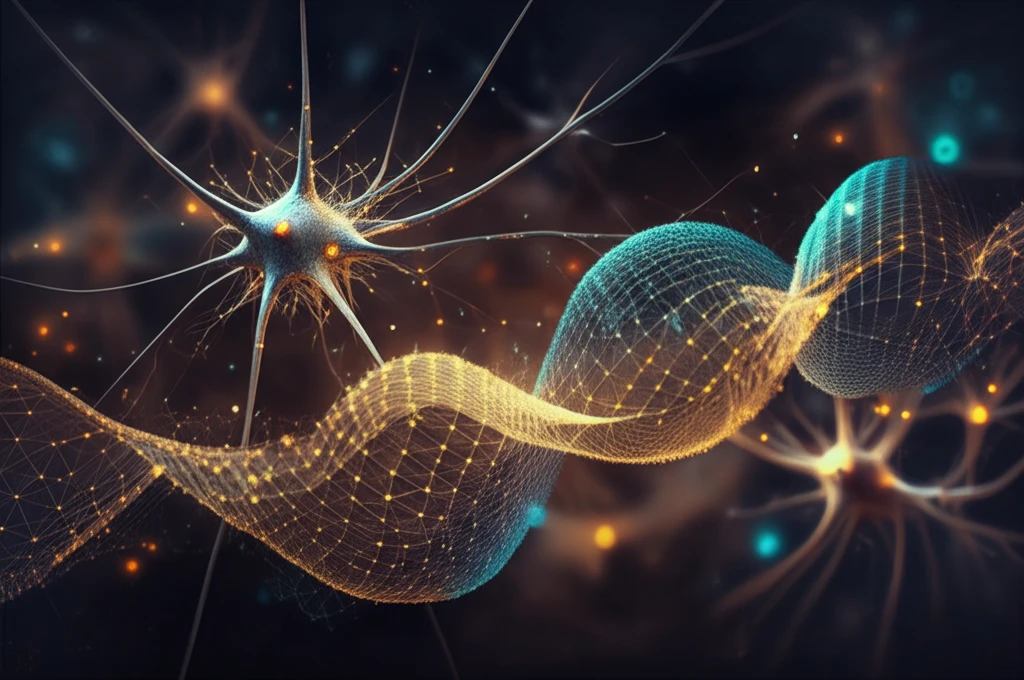
Unlock the Power of Data: How AI and Causal Inference are Revolutionizing Social Science
"Discover how cutting-edge AI techniques are making social science research more accurate, insightful, and impactful, without the limitations of traditional methods."
Social science seeks to understand the intricate relationships that shape our world, from economic trends to cultural shifts. Traditionally, researchers have relied on statistical models to analyze these complex relationships. However, many conventional approaches come with limitations, often requiring simplifying assumptions that don't fully capture the nuance of human behavior.
Enter artificial intelligence (AI), particularly a new class of techniques that combine the power of deep learning with causal inference. One such method, called causal-graphical normalizing flows (cGNFs), is emerging as a powerful tool for social scientists. It promises to unlock insights previously hidden by the constraints of traditional models.
This article will walk you through the exciting world of cGNFs, explaining how they work and showcasing their potential to revolutionize social science research. We'll explore how these AI-driven methods can offer more accurate, nuanced, and impactful understandings of the social forces that shape our lives, inspired by leading publications and news.
Why Traditional Social Science Models Fall Short

For decades, social scientists have used statistical models, like structural equation modeling (SEM), to test theories and understand relationships between different factors. However, these models often rely on assumptions that don't always hold true in the real world. For example, many models assume that relationships between variables are linear and additive, meaning that the effect of one variable on another is constant and doesn't depend on other factors. In reality, human behavior is rarely that simple.
- Oversimplification: Traditional models often fail to capture the complexities of human behavior by assuming linear relationships.
- Bias: Incorrect assumptions lead to skewed results, undermining the validity of research findings.
- Limited Insight: Researchers are restricted by the constraints of their models, missing out on potential discoveries.
The Future of Social Science: Embracing AI and Complexity
Causal-graphical normalizing flows represent a significant step forward in social science research. By leveraging the power of AI and embracing the complexity of human behavior, these methods offer the potential to unlock new insights and develop a deeper understanding of the forces that shape our world. While challenges remain, the future of social science research looks brighter than ever, thanks to the integration of AI and causal inference.
